Digital pound likely to launch this decade
The Treasury and the Bank of England have launched a consultation on the introduction of a state-backed digital pound. We explain how a “Britcoin” could work


Customers could be using a new digital pound by the end of the decade, under plans being drawn up by the Treasury and the Bank of England.
The government wants to ensure the public has access to safe money that is easy to use in the digital age.
If introduced, the “Britcoin” would be issued by the Bank of England and could be used by households and businesses for everyday payments both in-store and online.
MoneyWeek
Subscribe to MoneyWeek today and get your first six magazine issues absolutely FREE

Sign up to Money Morning
Don't miss the latest investment and personal finances news, market analysis, plus money-saving tips with our free twice-daily newsletter
Don't miss the latest investment and personal finances news, market analysis, plus money-saving tips with our free twice-daily newsletter
"While cash is here to stay, a digital pound issued and backed by the Bank of England could be a new way to pay that’s trusted, accessible and easy to use,” said chancellor Jeremy Hunt.
"That’s why we want to investigate what is possible first, whilst always making sure we protect financial stability.”
After the collapse of crypto exchange FTX and the volatility seen in many cryptocurrencies, the Bank and Treasury will be seeking to reassure the public that a state-backed digital pound is as safe as cash.
We look at how a Britcoin could work, and how it would differ from bitcoin and other cryptocurrencies.
Why is the government looking at launching a digital pound?
The Treasury and Bank of England have launched a consultation paper that is open for comments until 7 June 2023. They say that a digital pound - or central bank digital currency (CBDC) - is likely to be needed in the future, and they want to support private sector innovation, choice and efficiency in digital payments.
“As the world around us and the way we pay for things becomes more digitalised, the case for a digital pound in the future continues to grow. A digital pound would provide a new way to pay, help businesses, maintain trust in money and better protect financial stability,” said Andrew Bailey, governor of the Bank of England.
“However, there are a number of implications that our technical work will need to carefully consider. This consultation and the further work the Bank will now do will be the foundation for what would be a profound decision for the country on the way we use money.”
Other countries are also considering launching a CBDC including the eurozone, the US and China.
The UK government is arguably designing a digital pound so it can maintain UK monetary sovereignty, compete with digital dollars and digital euros, and fend off so-called Big Tech rivals.
While Facebook has abandoned its Libra stablecoin project, other tech companies and non-banking firms could still set up alternative currencies that are outside the regulatory control of governments.
What would a digital pound look like?
A Britcoin would replicate the role of cash in a digital world so that it is risk-free, highly trusted and accessible.
According to the Treasury, £10 of a digital pound would always be worth the same as £10 of cash.
It would be subject to rigorous standards of privacy and data protection; neither the government nor the Bank of England would have access to personal data and holders would have the same level of privacy as a bank account.
The digital currency would be accessed through digital wallets offered to consumers by private companies through smartphones or smartcards.
It’s intended for payments - online or in-store - and for making transfers to friends and family. It’s not intended to be used for savings, as there would be no interest paid on holdings.
There would be some initial restrictions on how much an individual or business could hold.
According to the Treasury, “this would strike a balance between encouraging use and managing risks, such as the potential for large and rapid outflows from banking deposits into digital pounds”. The limits could be amended in the future.
How would a Britcoin differ to cryptocurrencies?
There are several key differences between a digital pound and cryptocurrencies. Unlike cryptoassets and stablecoins, the digital pound would be issued by the Bank of England.
This means it will have intrinsic value - £10 of the digital pound will be the same as a £10 note in your wallet - and not be volatile, unlike cryptocurrencies.
The digital pound also wouldn’t be anonymous; the Treasury notes that “the ability to identify and verify users is necessary to prevent financial crime, and essential for trust and confidence in money and therefore wide use of the digital pound”. This would be similar to digital payments from bank accounts.
There are a few similarities with cryptocurrencies. A digital pound would use similar technology: a “core ledger”, in other words, a fast, resilient, secure technology platform. However, this would be provided by the central Bank, rather than a private firm.
Users would store their Britcoin in a digital wallet, and manage their balance and make payments from the wallet. These would work in the same way as contactless payments. Payments would be speedy and confirmed immediately.
When could a digital pound launch?
The government will decide whether to implement a digital pound around the middle of this decade. Its decision will largely be based on future developments in money and payments.
The earliest stage at which the digital pound could be launched would be the second half of the decade.
Get the latest financial news, insights and expert analysis from our award-winning MoneyWeek team, to help you understand what really matters when it comes to your finances.

Ruth is an award-winning financial journalist with more than 15 years' experience of working on national newspapers, websites and specialist magazines.
She is passionate about helping people feel more confident about their finances. She was previously editor of Times Money Mentor, and prior to that was deputy Money editor at The Sunday Times.
A multi-award winning journalist, Ruth started her career on a pensions magazine at the FT Group, and has also worked at Money Observer and Money Advice Service.
Outside of work, she is a mum to two young children, while also serving as a magistrate and an NHS volunteer.
-
 Profit from pest control with Rentokil Initial
Profit from pest control with Rentokil InitialRentokil Initial is set for global expansion and offers strong sales growth
-
 Tap income and capital growth in markets worldwide
Tap income and capital growth in markets worldwideOpinion Three investment trusts with potential for capital growth, selected by Adam Norris, co-portfolio manager of the CT Global Managed Portfolio Trust
-
 Why Scotland's proposed government bonds are a terrible investment
Why Scotland's proposed government bonds are a terrible investmentOpinion Politicians in Scotland pushing for “kilts” think it will strengthen the case for independence and boost financial credibility. It's more likely to backfire
-
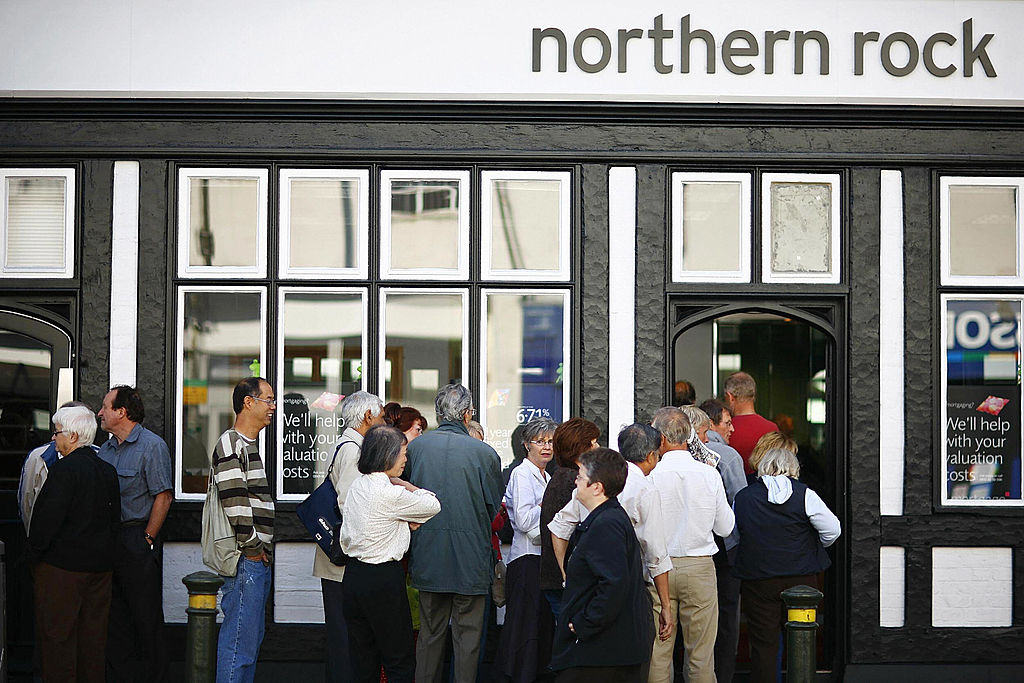 How have central banks evolved in the last century – and are they still fit for purpose?
How have central banks evolved in the last century – and are they still fit for purpose?The rise to power and dominance of the central banks has been a key theme in MoneyWeek in its 25 years. Has their rule been benign?
-
 UK to have highest inflation among advanced economies this year and next, says IMF
UK to have highest inflation among advanced economies this year and next, says IMFThe International Monetary Fund (IMF) says it expects inflation to remain high in the UK, while lowering economic growth forecasts for 2026.
-
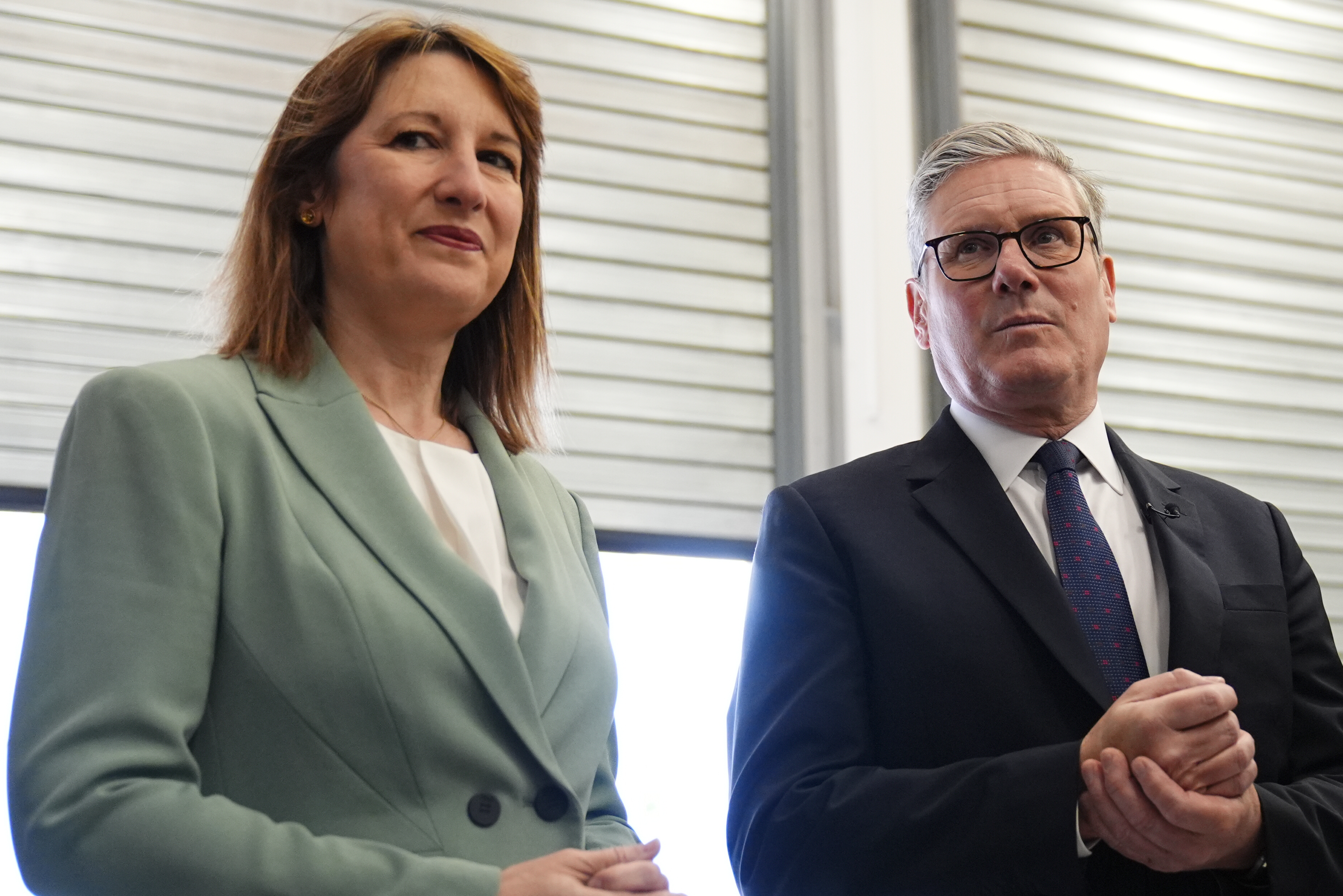 Is Britain heading for a big debt crisis?
Is Britain heading for a big debt crisis?Opinion Things are not yet as bad as some reports have claimed. But they sure aren’t rosy either, says Julian Jessop
-
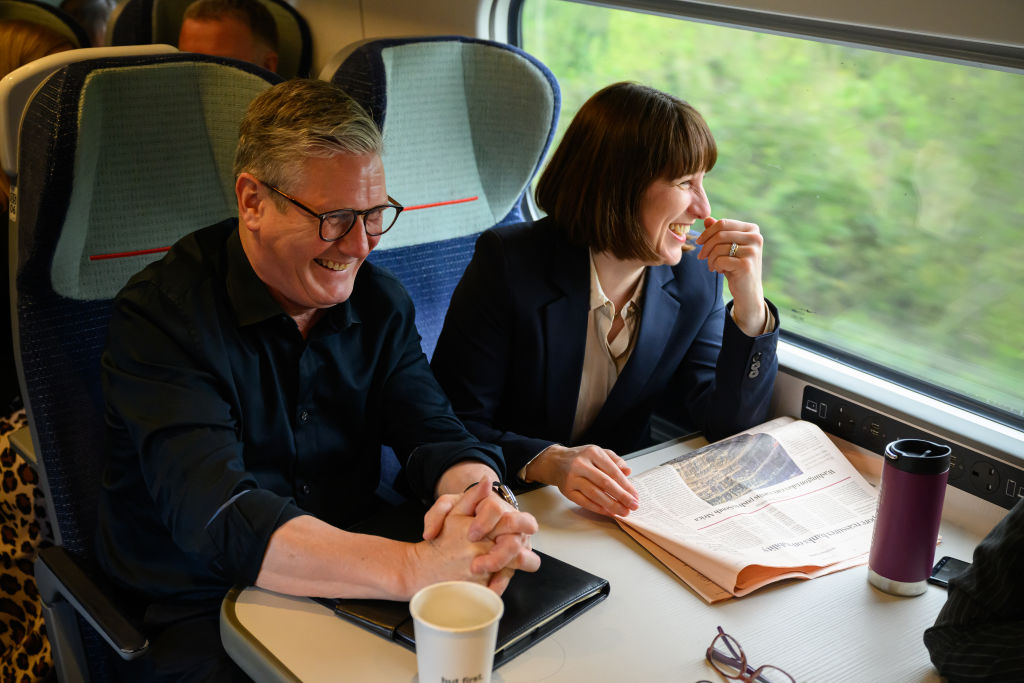 'Britain is on the road to nowhere under Labour'
'Britain is on the road to nowhere under Labour'Opinion Britain's economy will shake off its torpor and grow robustly, but not under Keir Starmer's leadership, says Max King
-
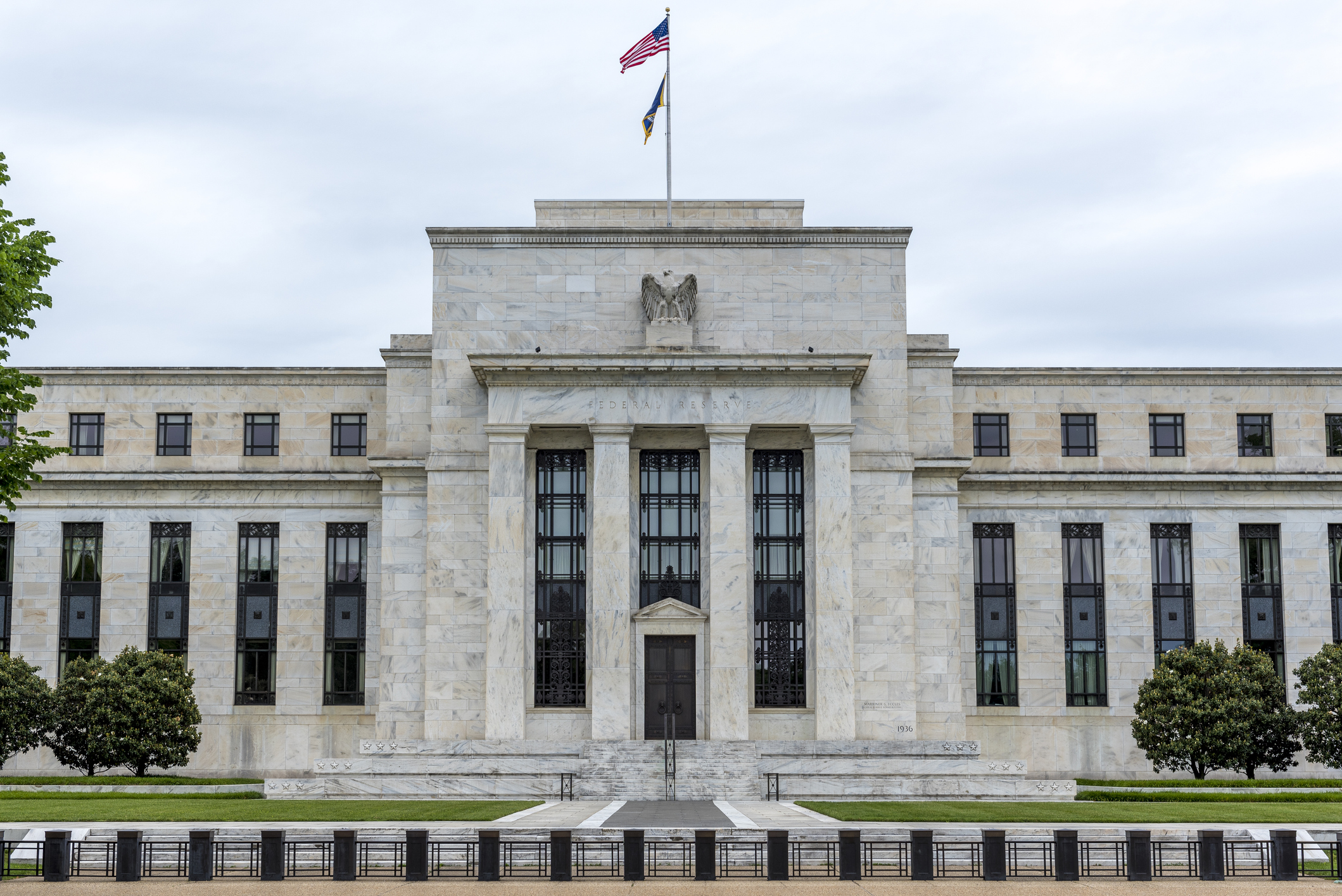 'Governments are launching an assault on the independence of central banks'
'Governments are launching an assault on the independence of central banks'Opinion Say goodbye to the era of central bank orthodoxy and hello to the new era of central bank dependency, says Jeremy McKeown
-
 Why investors can no longer trust traditional statistical indicators
Why investors can no longer trust traditional statistical indicatorsOpinion The statistical indicators and data investors have relied on for decades are no longer fit for purpose. It's time to move on, says Helen Thomas
-
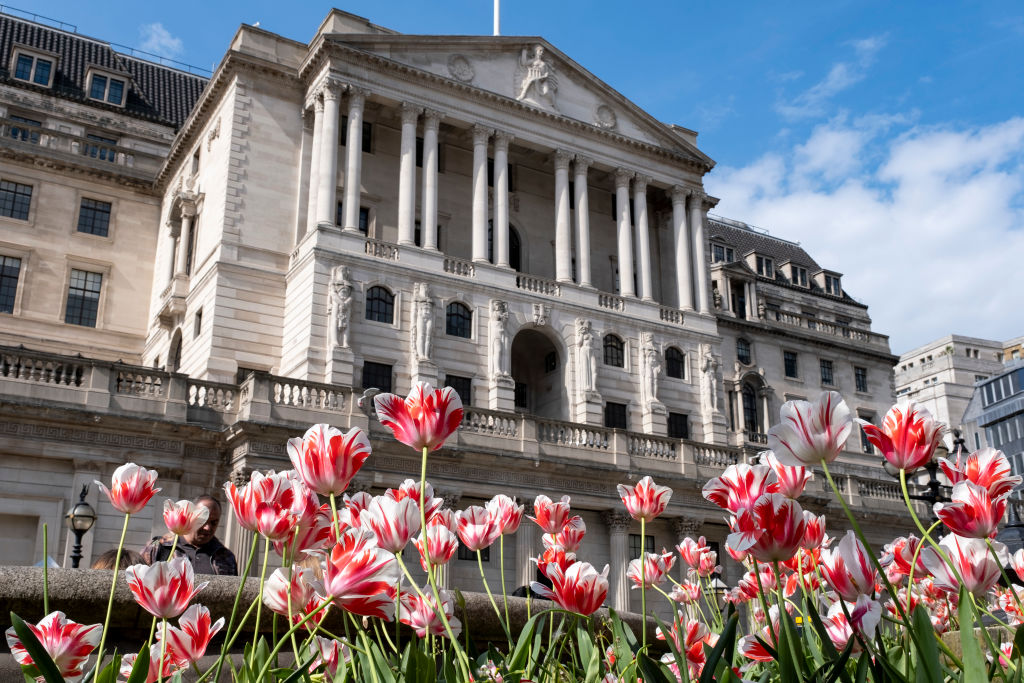 Live: Bank of England holds UK interest rates at 4.5%
Live: Bank of England holds UK interest rates at 4.5%The Bank of England voted to hold UK interest rates at their current level of 4.5% in March, as widely anticipated, after inflation rose to 3% in January